
Do you need to use React Router for your project, or will Wouter do the trick? Find out with this guide.
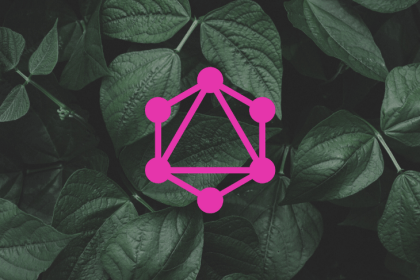
API mocking is a great way to prototype your application when live data is unavailable or unreliable. Learn how to mock GraphQL APIs with json-graphql-server.
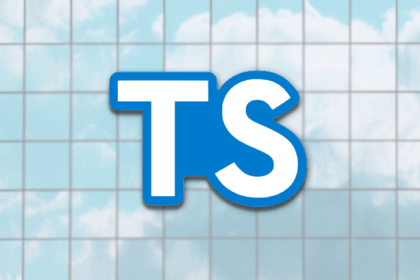
Is it ever OK to reinvent the wheel? We consider MiniQL, a tiny, GraphQL-inspired query language, in pursuit of the answer.

Learn how to use Leaflet in Vue by building an interactive map. Anyone with a basic understanding of HTML, CSS, and JavaScript can use Leaflet.
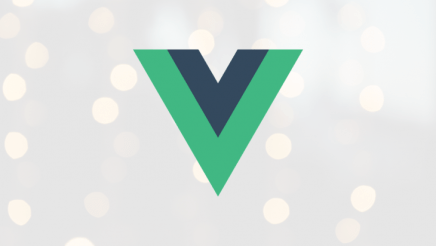
In this post, we’ll take a look at the best practices for fetching data in advanced scenarios when working with Vue. We’ll also learn how we can use Vue 3’s composition API to leverage the stale-while-revalidate technique in data fetching.
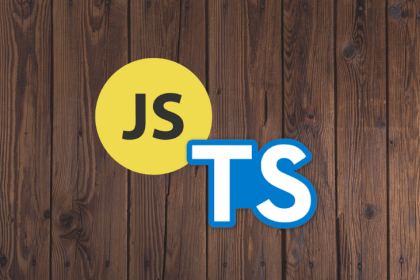
Destiny is an open-source project that scans folders for file dependencies and places the files in a fractal structure, where they are “destined” to be.

Telegram is a cloud-based mobile and desktop messaging app with a focus on security and speed. Optical Character Recognition (OCR) is the process of electronically extracting text from images, videos, or any type of documents.
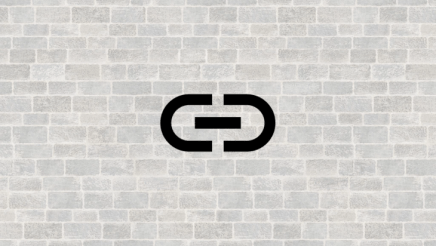
In this article, we’ll look at three libraries that can be used to prefetch links.
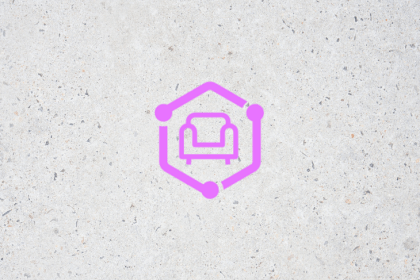
Sofa takes advantage of GraphQL’s standardized schemas and resolvers to map certain API concepts back to REST. It is designed to help you speed up migration to or support of REST in your API and provide your users with different API types.
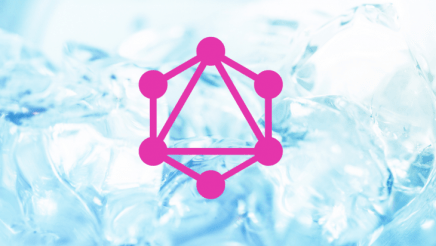
Find out why annotations (or directives) in GraphQL can be key when writing your own modern GraphQL API in this tutorial.

In this article, we will be discussing five essential tools/processes that might be missing in your ecommerce stack.
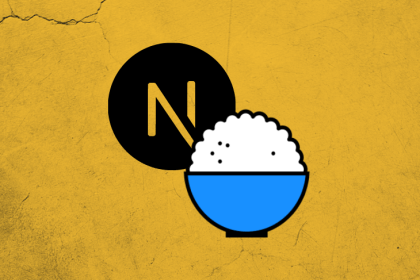
Both Umi and Next.js support routing and server-side rendering, as well as TypeScript, out of the box. Here’s how the frameworks compare.